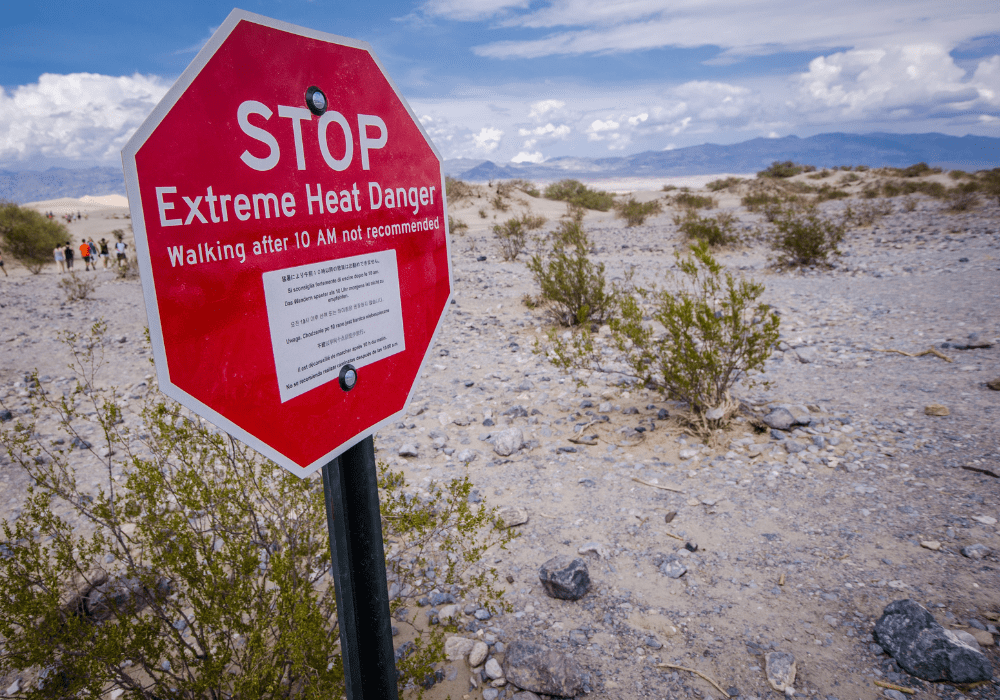
As the northeastern U.S. faces an early summer heatwave, labor, health, and climate advocacy groups have filed a petition urging the U.S. Federal Emergency Management Agency (FEMA) to recognize extreme heat events as major disasters deserving of funding from the agency.
In 1988, the Robert T. Stafford Disaster Relief and Emergency Assistance Act, or the Stafford Act, outlined how the federal government responds to emergencies and disasters. If a “major disaster” is declared, the federal government provides aid to the region impacted. Currently, the act defines major disasters as natural catastrophes but does not include heatwaves or wildfire smoke.
Classification as a major disaster typically requires assessment of damage to uninsured public infrastructure as well as fatalities as a result of the event. Historically, FEMA has declined requests to classify heat as a natural disaster as it is challenging to directly link to a person’s death, and it is not often mentioned on death certificates.
There is also some pushback from Congress to allow this classification, with some suggesting that the entire system of disaster classification needs reworking.
Still, groups like the American Federation of Labor, Congress of Industrial Organizations, the Workers Defense Project, and Climate Resilience for All support legislation that officially recognizes the damaging effects of extreme heat on the public. Labor rights groups believe that by listing heat as a cause for a natural catastrophe, and therefore being eligible for “major disaster” classification, the Occupational Health and Safety Administration (OSHA) will be forced to provide more robust protections to workers operating in extreme heat.
By Sarah Ortega
